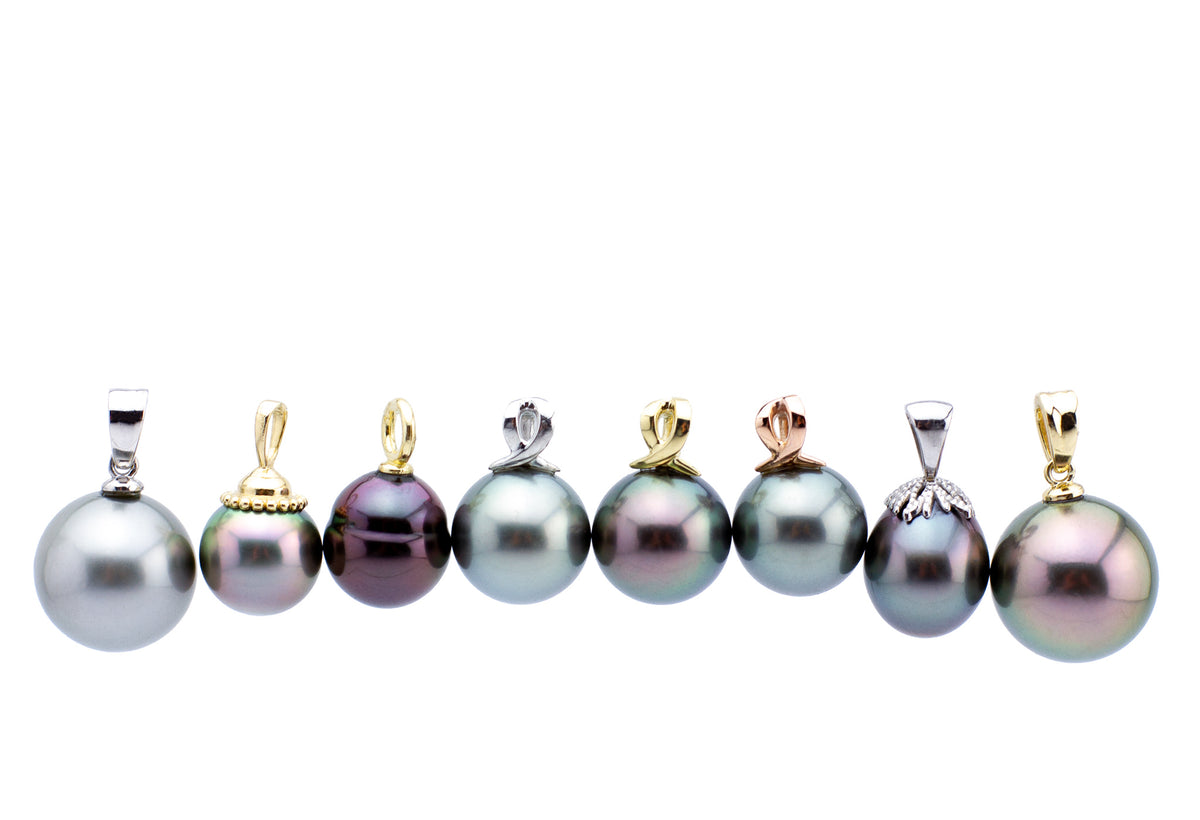The silent workforce (part one).

Farmers typically grow their oysters far off the lagoon floor so, much like a sailboat, they become homes to whatever finds them. Our oyster, the Pinctada margaritifera, is a lover of clean water so it is typically farmed near the surface, in depths of normally 20-60 meters deep.
Just about everything in the ocean starts life so small that it has no choice but to drift with the current until it either develops it's own means of locomotion like fish or it finds a place to settle. Pearl oysters provide such a place so if they are left alone they essentially begin to turn into living reefs, complete with corals, crabs, anemones, fish, sponges, you name it. One of a pearl farmer's biggest and dirtiest jobs is removing these competing species so that the oysters can be healthier and thus create more beautiful pearls. For years we did as the few other farms did, scrape endlessly only to scrape again a short time later. Very much a marine version of Sisyphus and the rock he pushed up a hill.
Early one morning like all the other mornings, we had gone out to get strings of grafted (seeded) oysters that had young pearls growing in them for three months. At the time of nucleation they had been perfectly clean and now just 90 days later they were unrecognizable with "bio-fouling." Each string had ten oysters spaced out evenly over six feet of cord but only rarely could you even tell that an oyster was there. The most aggressive of the real estate claimers is an oyster species called Pinctada maculata, locally known simply as "Pipi." In some atolls, they grow abundantly in zones where fish are few and are well known for their prized natural pearls, "poe pipi" (poe = pearl in Tahitian). To Tahitian pearl farmers they are a scourge though, competing for food and oxygen by carpeting the species farmers try to cultivate.
Anemones were spread throughout the pearling islands and atolls in the early to mid 90's by farmers buying oysters from neighboring islands where they were either cheaper or more readily available. With no shell or exoskeleton to grow, they typically out-compete everything, growing shockingly fast in a matter of days only. They sting the outer lip of the oyster they grow on, crippling it and severely affecting pearl quality. Worse still is that they often detach or break into bits when we dive to move the oysters around. Contact with the skin feels like middle ground between a mosquito and bee sting. After a dive with anemones, swollen faces and stings on various body parts are often the case.

What great spring phtoos! I’m jealous that your starting to see buds on flowers! Here I’m still buried under snow. Spring break has just started for us here, so I’m looking forward to a week of family time at the lake. Even if it’s still frozen! Have a great Easter!
Way to use the internet to help pelope solve problems!